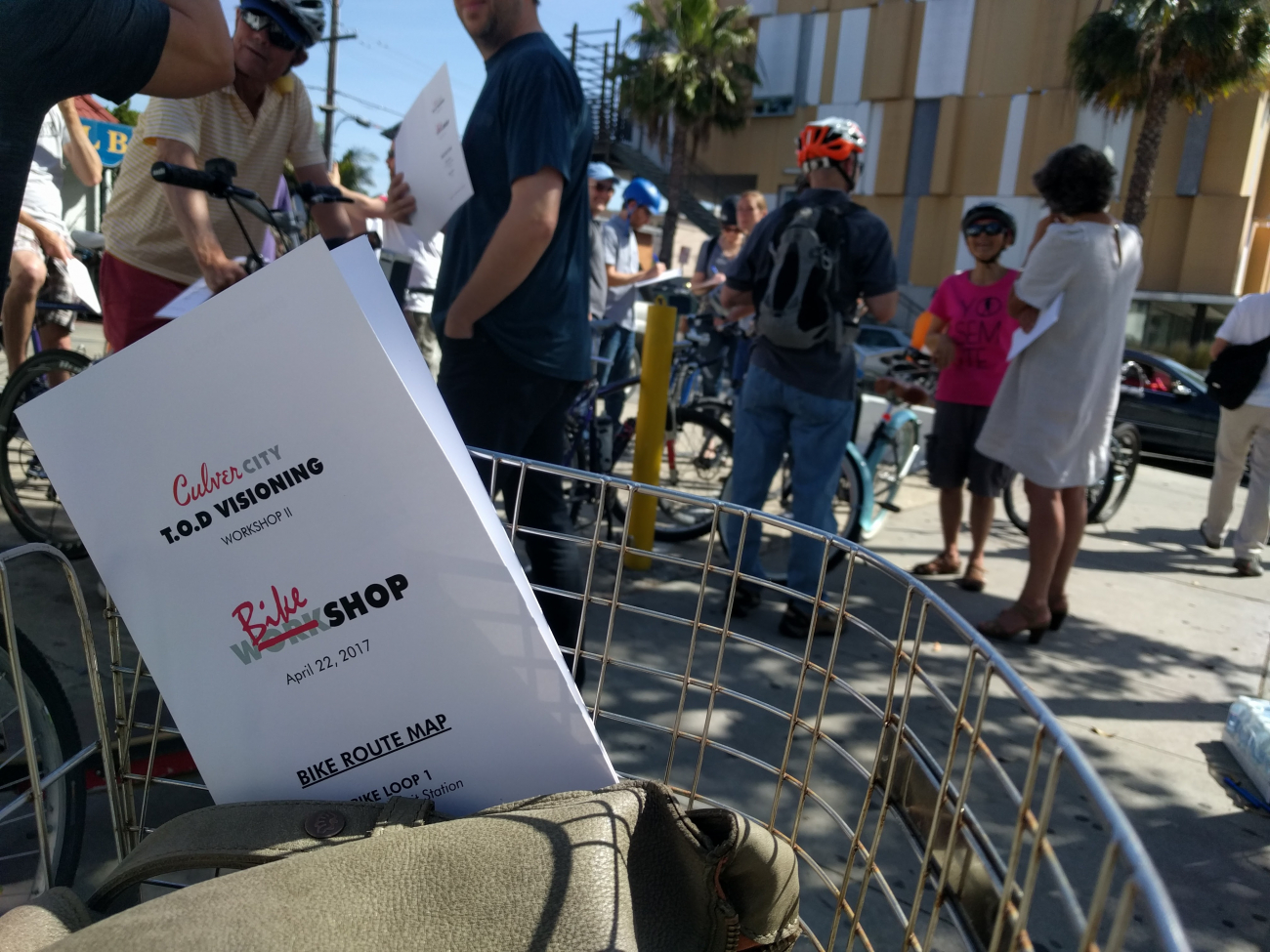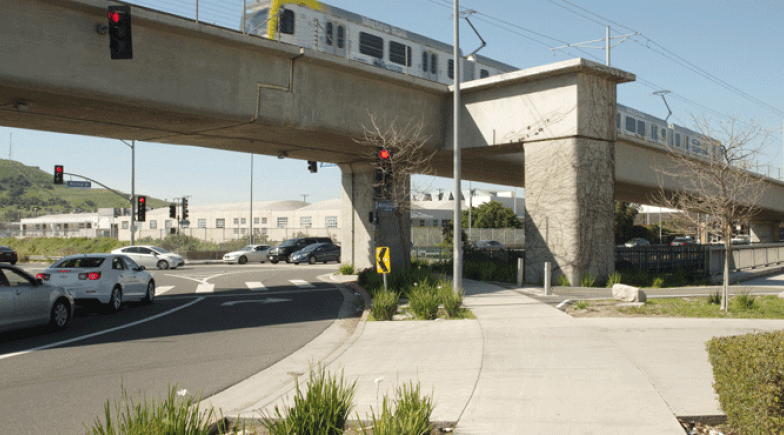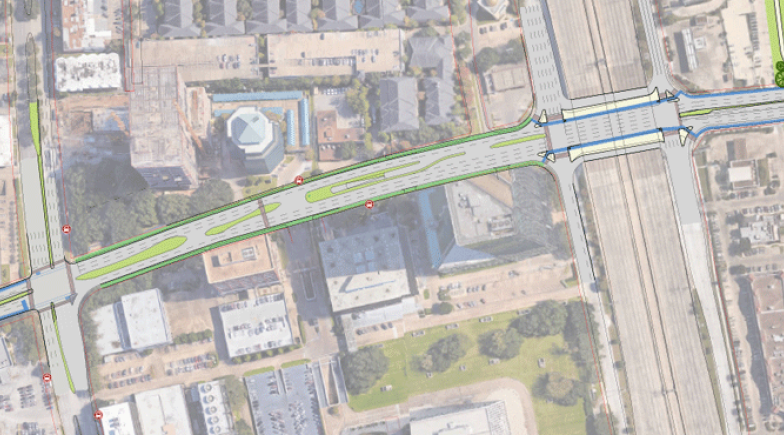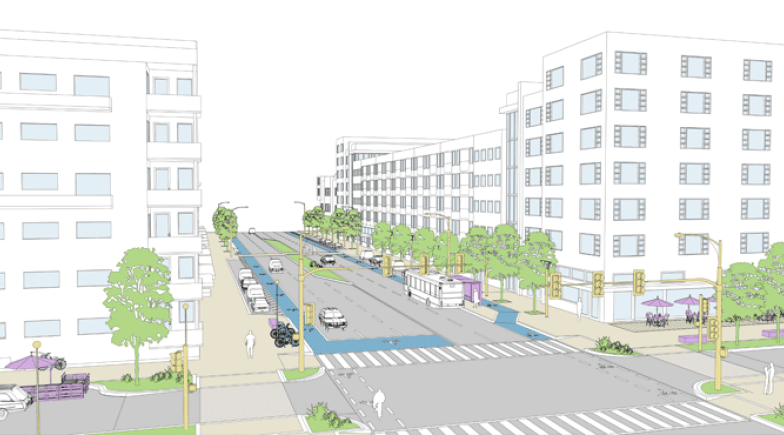Steer was part of the consulting team chosen to develop a new Transit Oriented Development (TOD) Visioning Plan for the district around the Metro Expo line station in Culver City, California. Culver City has been engaged in planning and implementing a TOD district for approximately 10 years, during which time, the City realized many of its original objectives.
How we helped
Partnering with Johnson Fain, Steer examined the existing infrastructure conditions, performing connectivity analysis and a first and last mile assessment to identify potential opportunities. A robust public outreach process was used to identify mobility issues of concern to residents and stakeholders. This included a series of eight public workshops, numerous interviews and focus group meetings. In addition to this, an interactive map was made available on the project website that allowed interested parties to locate issues and post their concerns online.
The central goal defined through the engagement was to provide more and better choices for circulation, by increasing the viability of alternative modal choices for users.
Adopting a layered network approach, we analyzed the movement network around the station area and developed a comprehensive street network to accommodate prioritized modes of transport. Utilizing complete streets and tactical urbanism techniques the report outlines multiple interconnected measures to allow people to drive less, and walk bicycle and take transit more.
The principles of the mobility framework include: protecting interior neighborhood circulation from cut-through traffic, better accessibility and connectivity for pedestrian and bicycle circulation, and facilitating local transit use and providing new greening to improve the environmental conditions to promote healthier and more active lifestyles.
Recipient of the 2018 APA California Transportation Planning Award of Merit.




